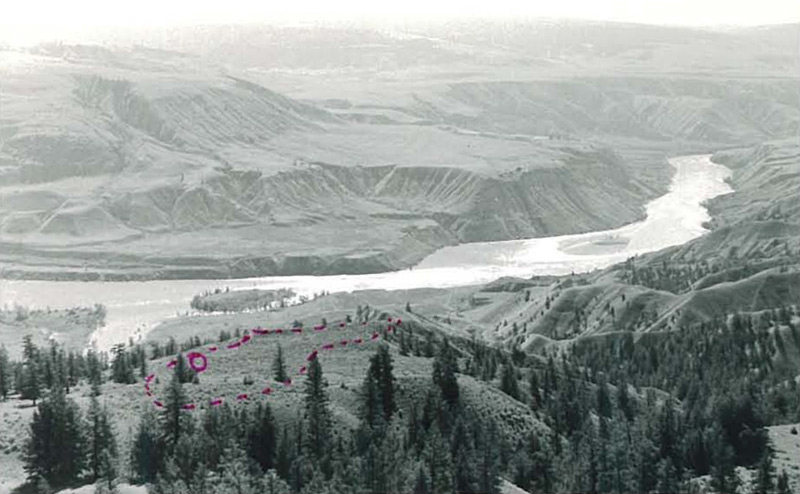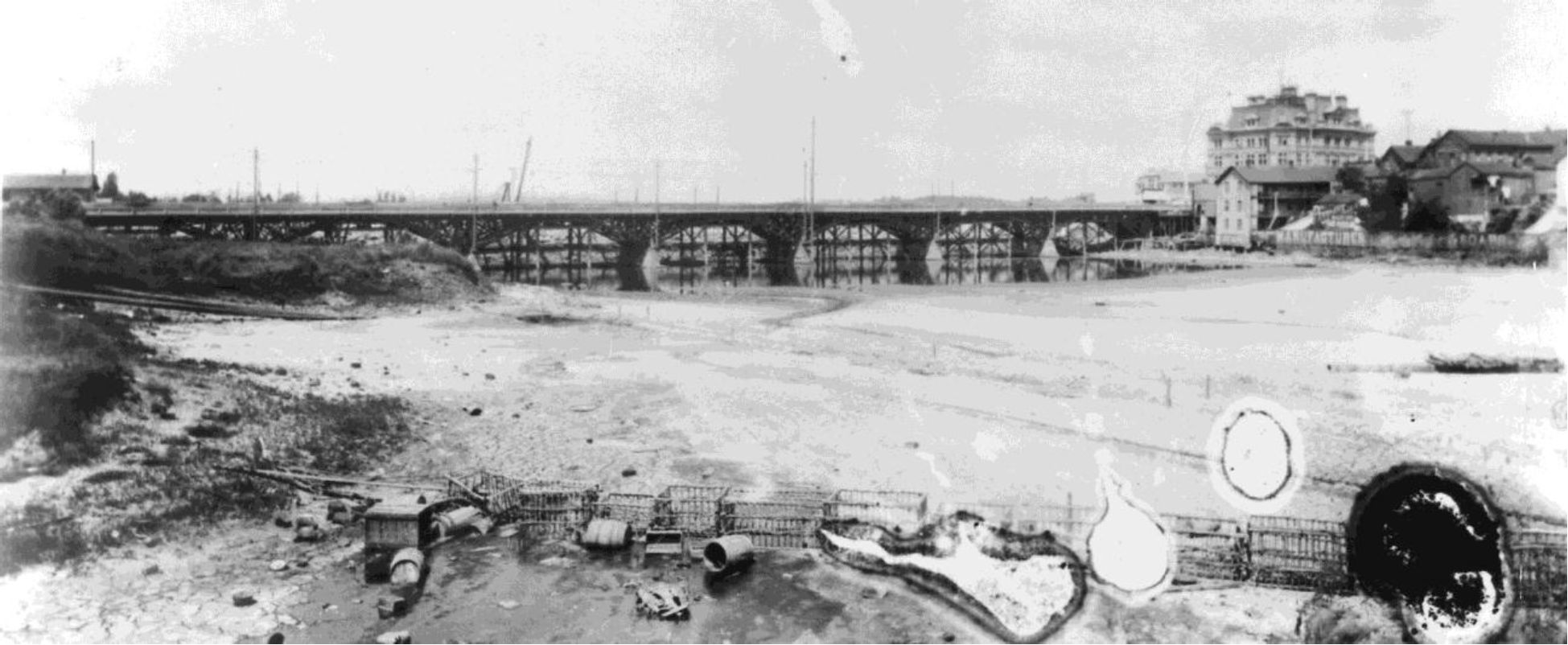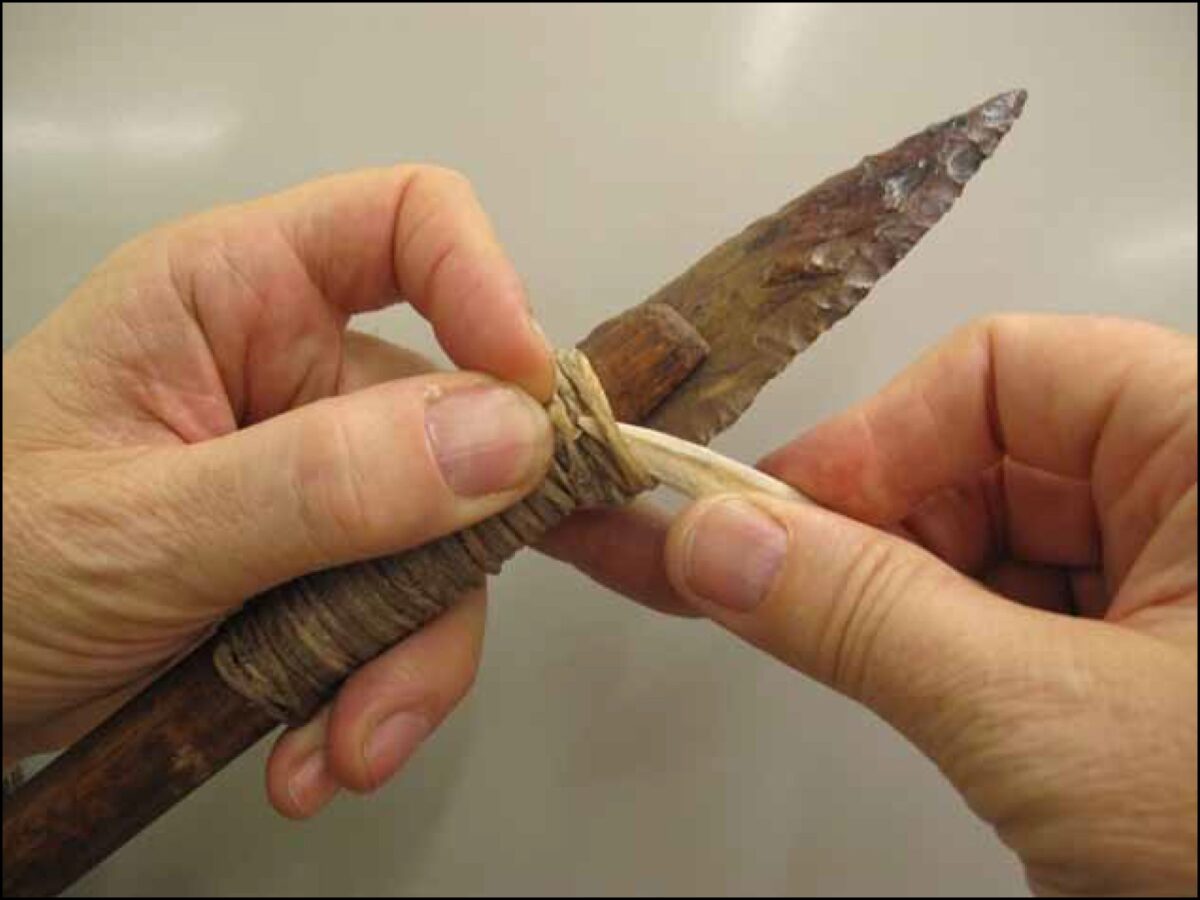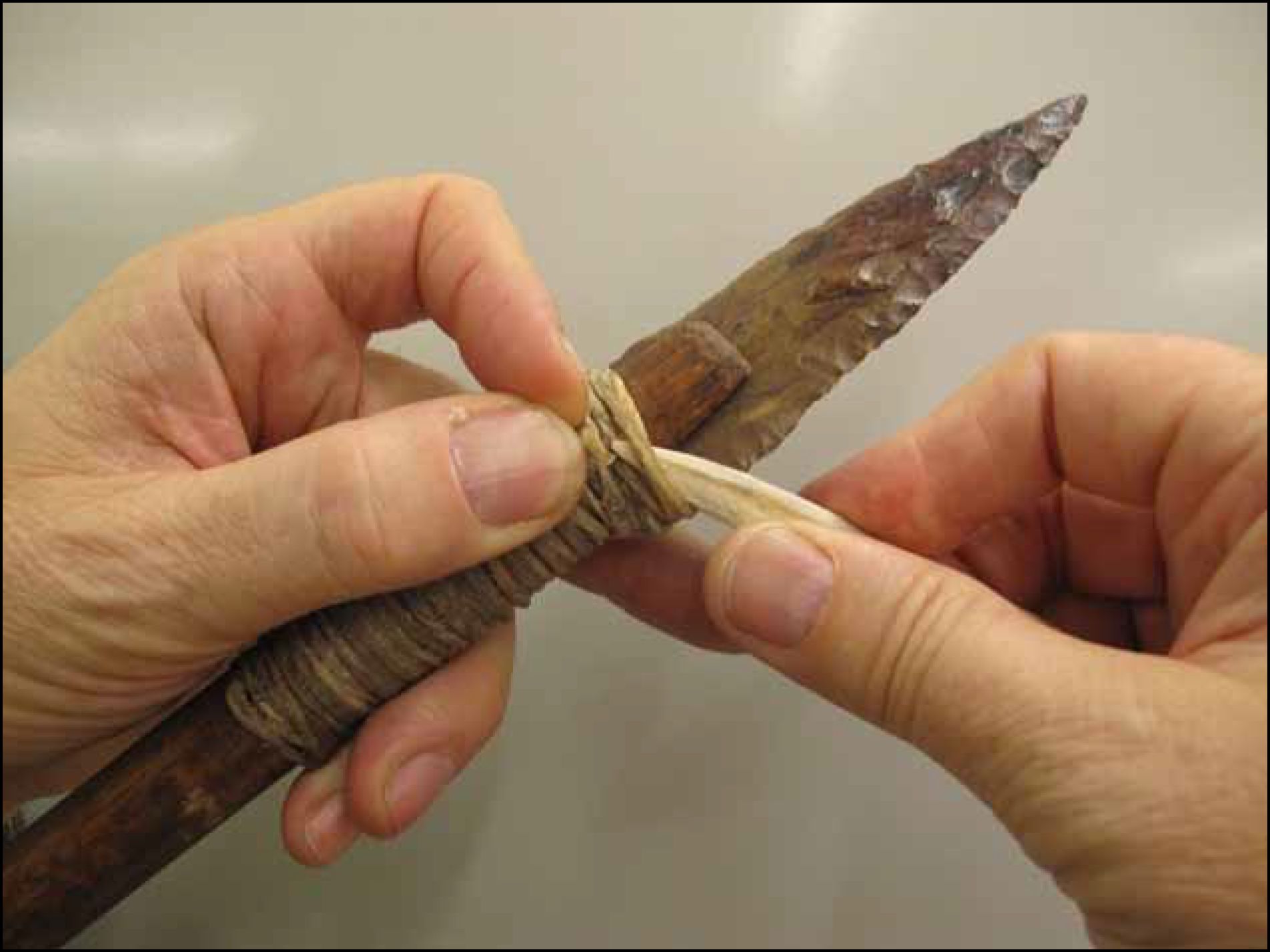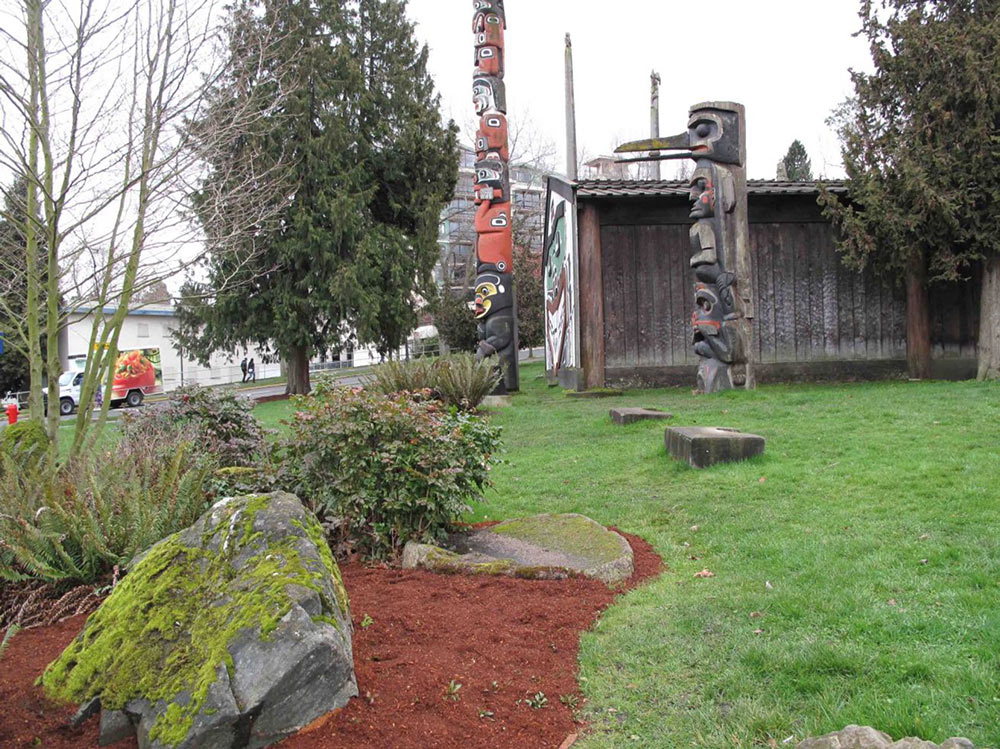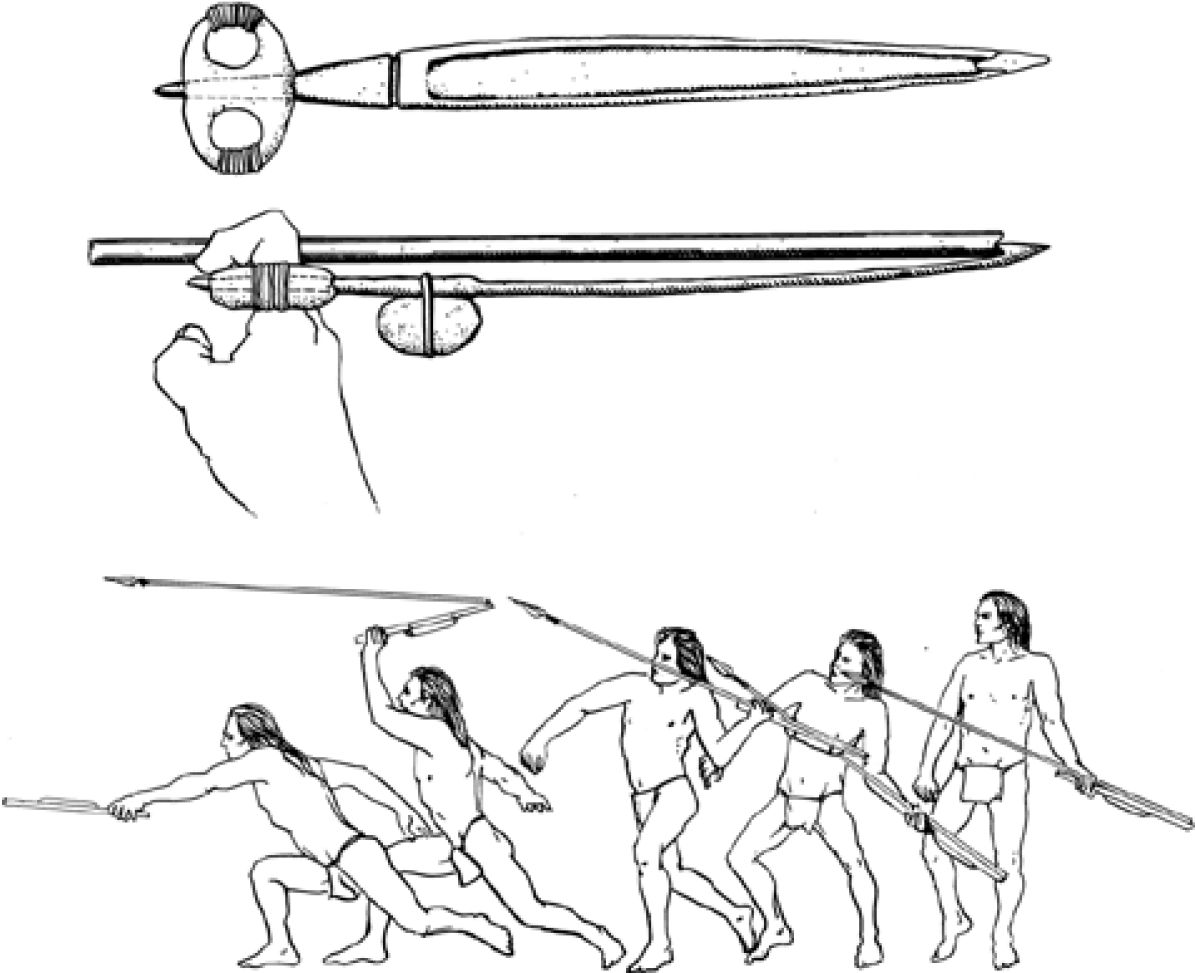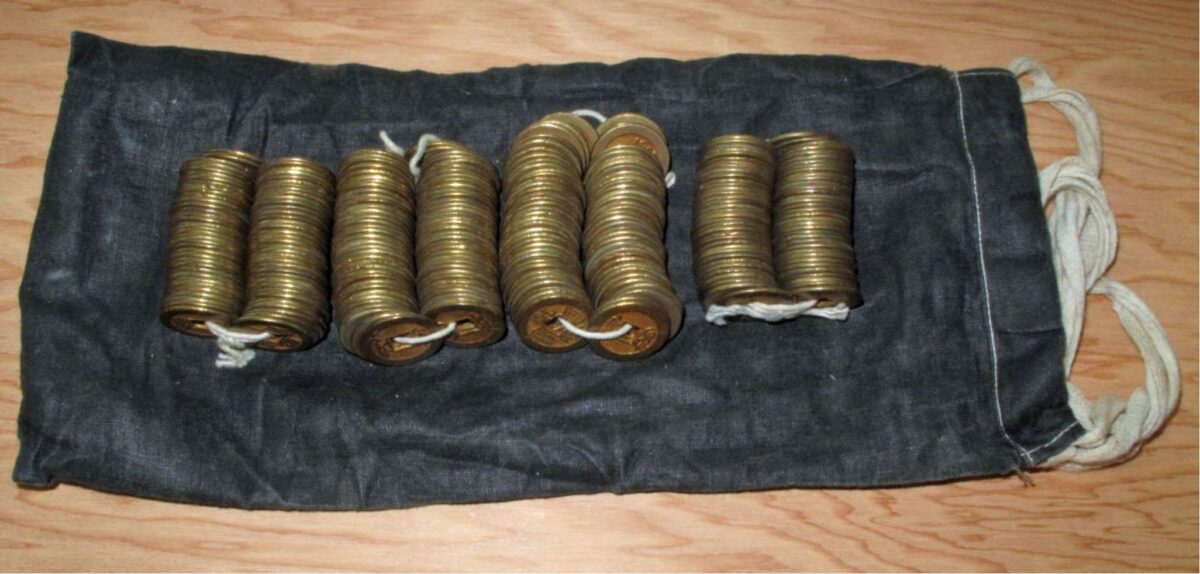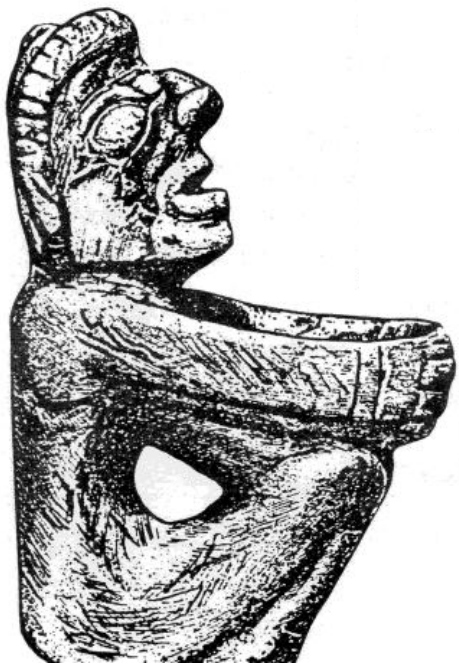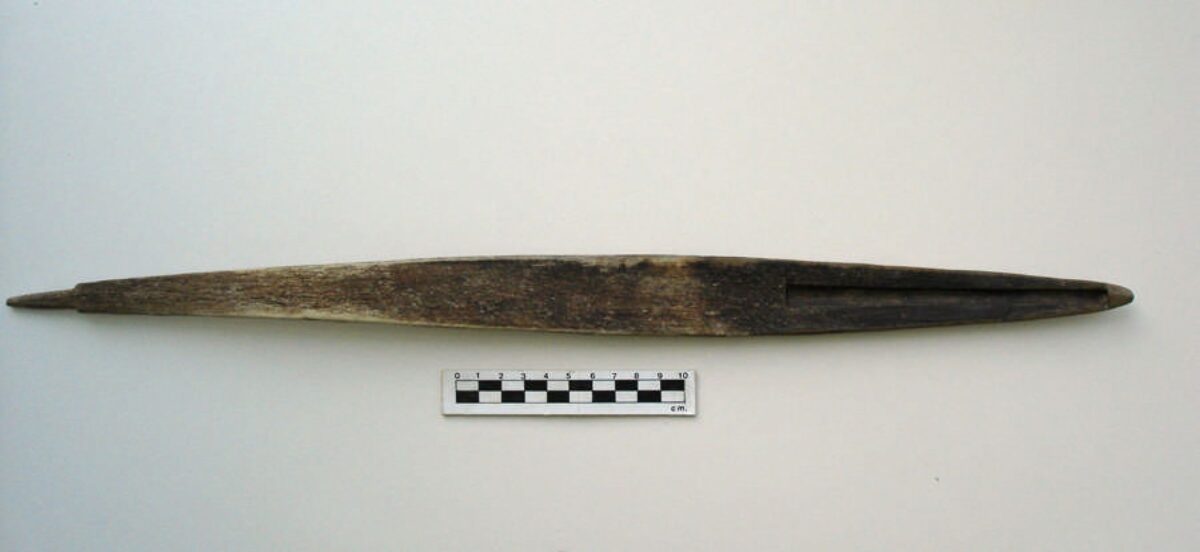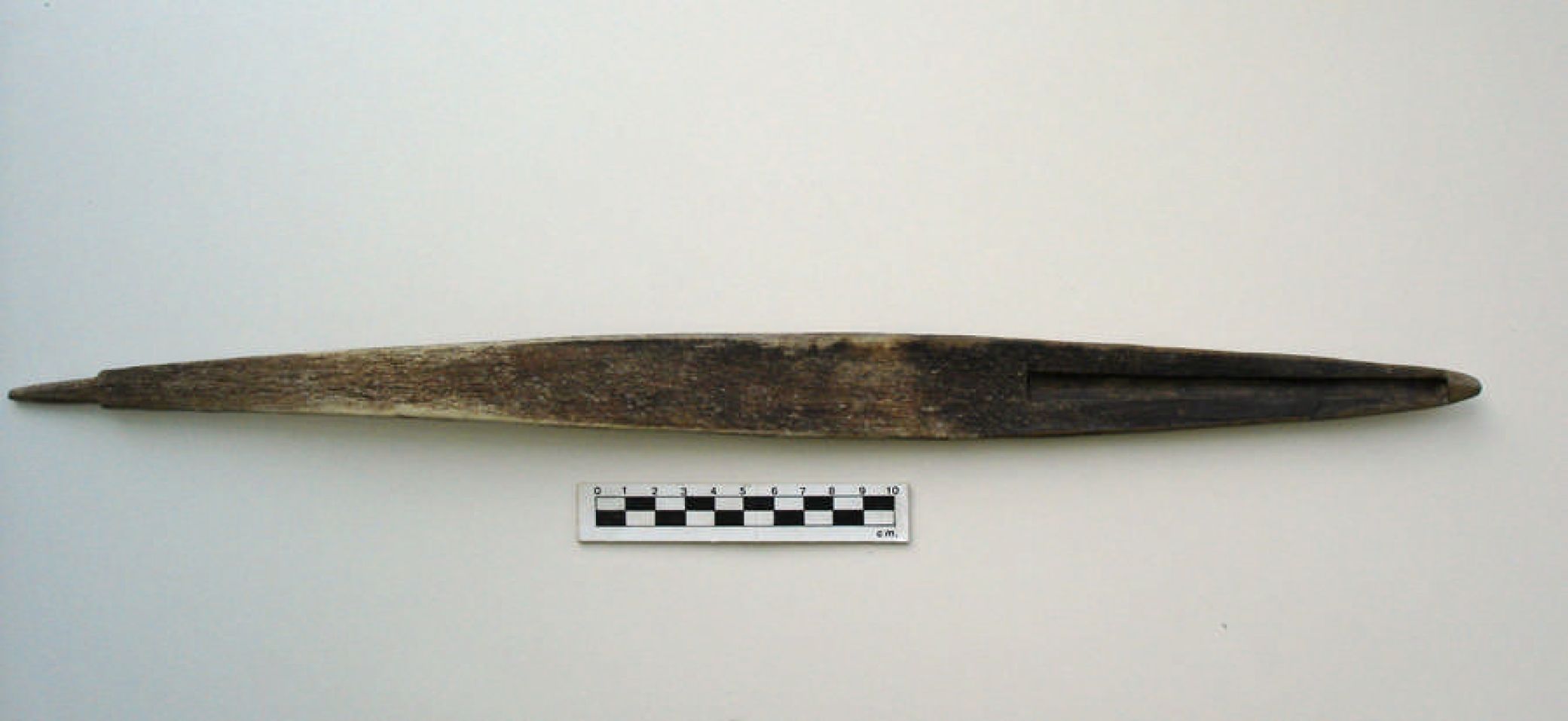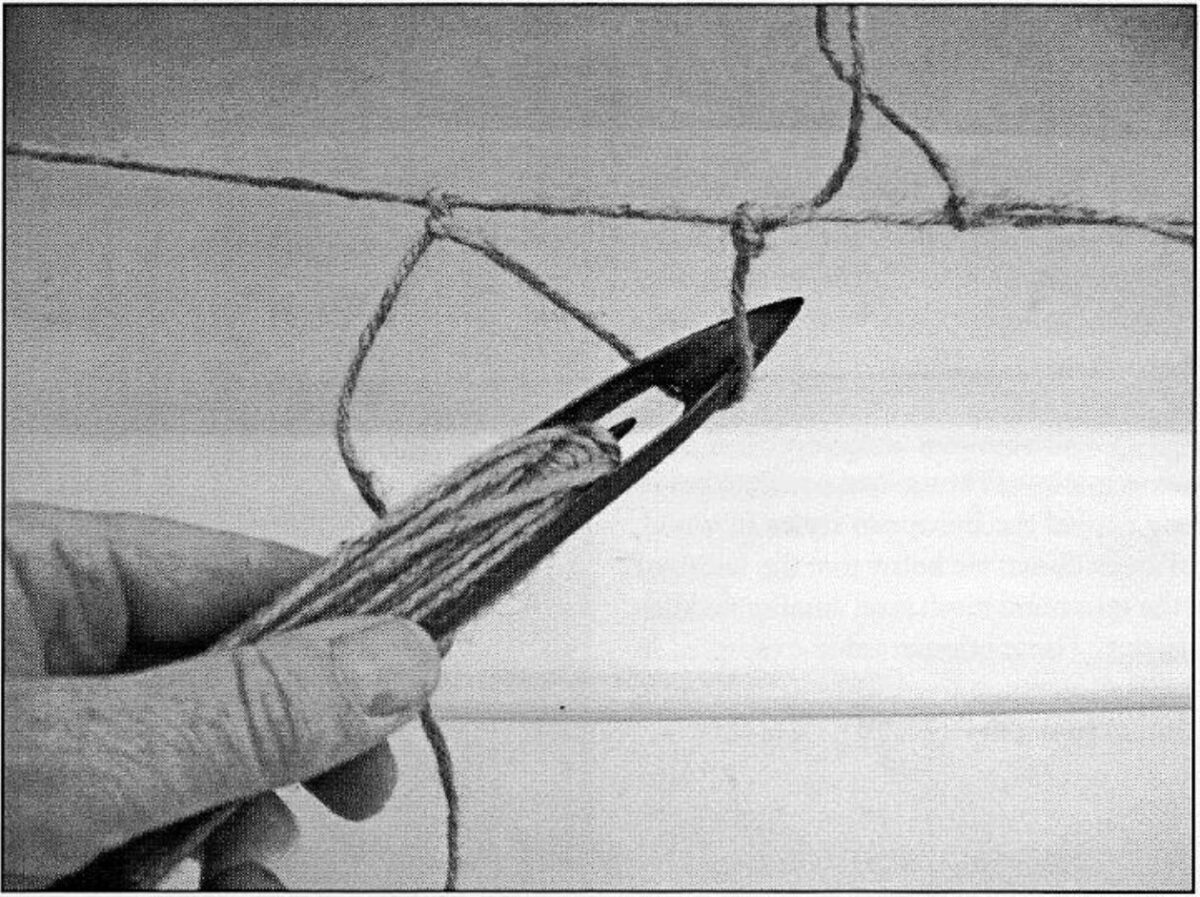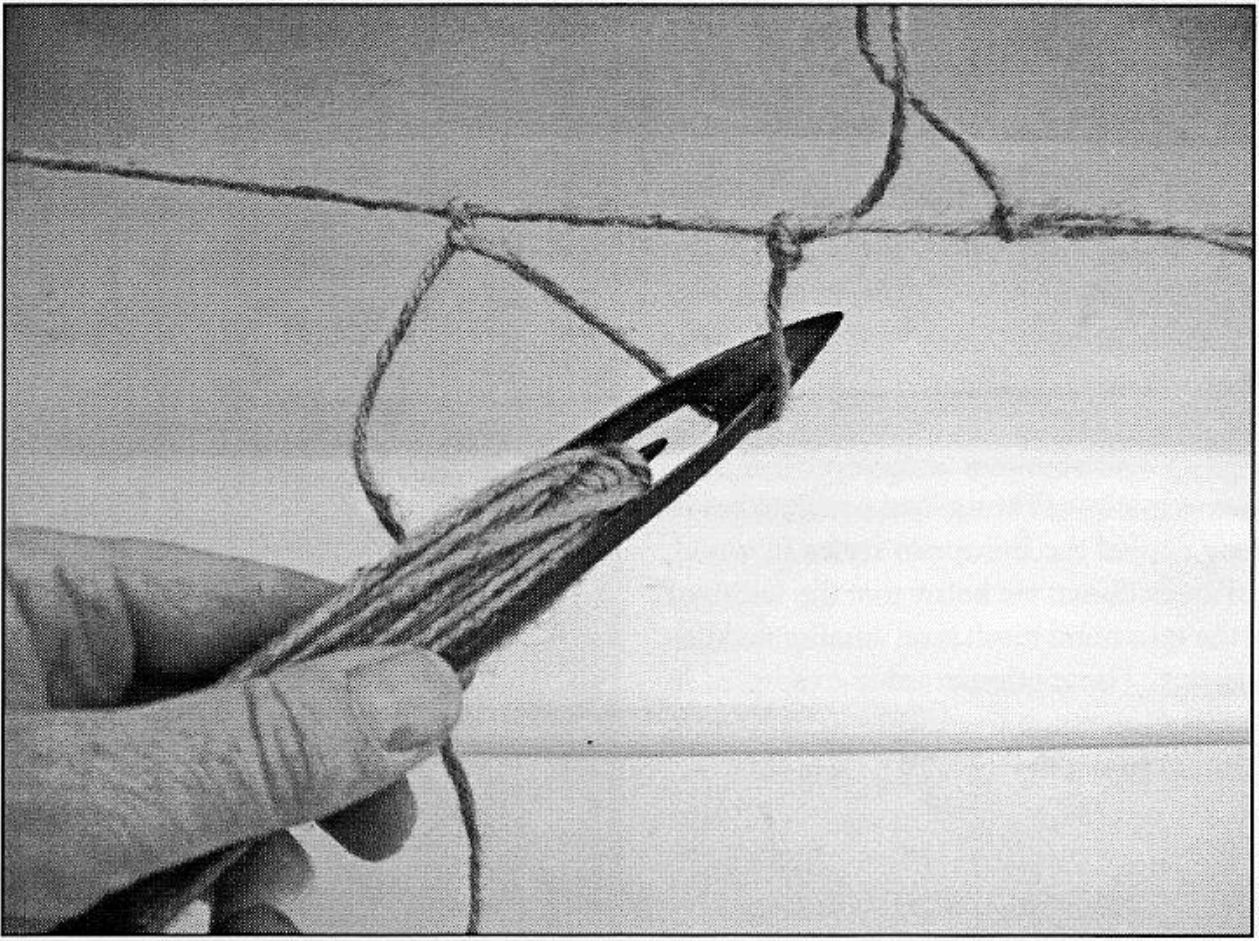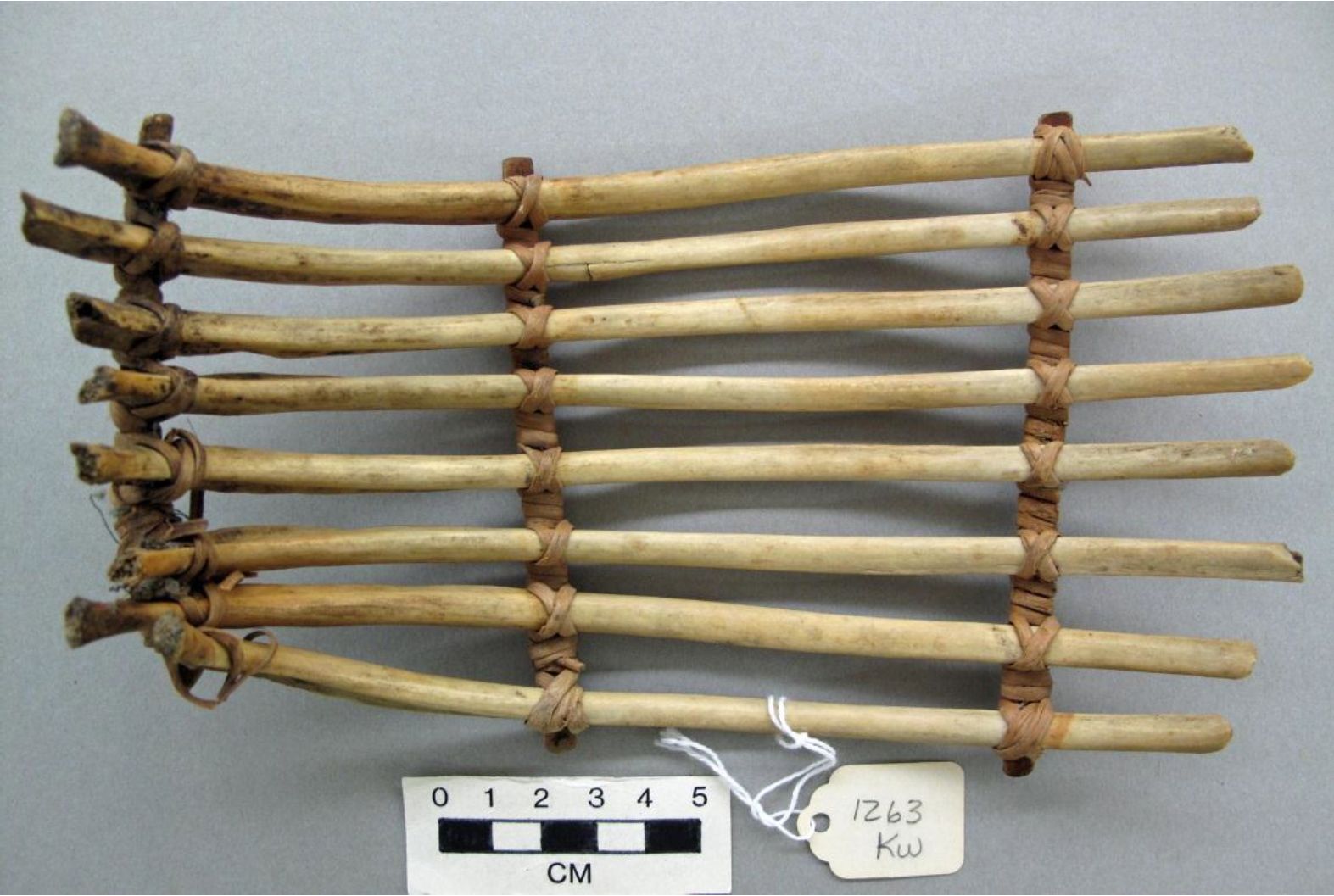
By Grant Keddie. 2012. Introduction One type of artifact that bridges the gap between archaeology and ethnology in British Columbia are bone food strainer prongs. Archaeologists have often described these as worked rib artifacts without a suggestion as to what they might be. They are usually made of seal or deer ribs, but some are also of antler. A number of these artifacts share similar characteristics to the prongs of rare food strainers found in ethnology collections. The ethnographic examples given here are from further north than the archaeological examples shown. However, I suspect that bone food strainers were disused earlier in the historic period in the south and did not get documented by ethnologists or placed in Museum collections. Ethnographic Examples The Royal B.C. Museum ethnology … Continue reading “Bone Food Strainer Prongs”

